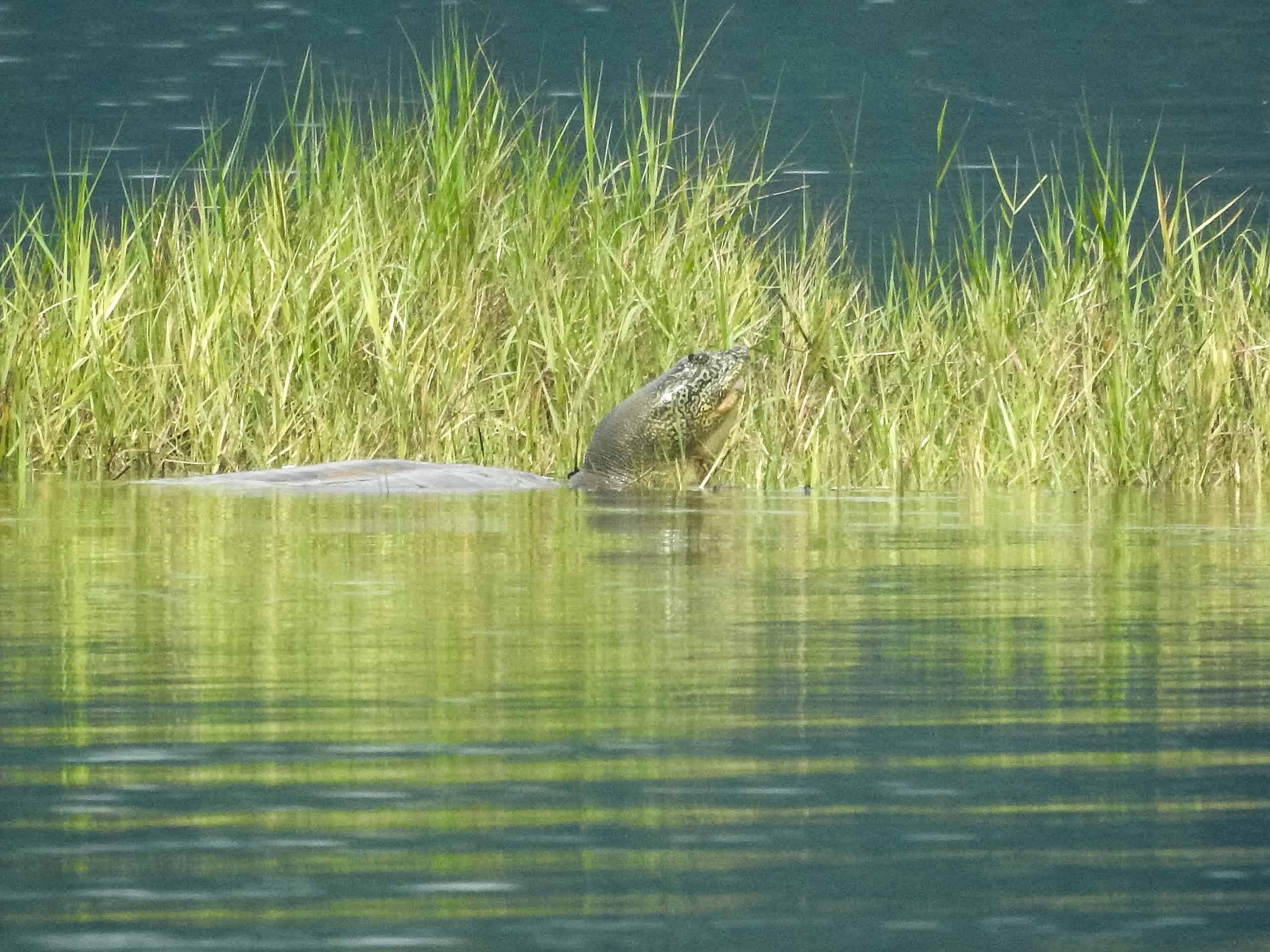Share this article
Kirtland’s warbler microbiomes change over migration
The bacteria found in Kirtland’s warblers’ guts is different at their breeding than at their wintering grounds. While researchers don’t know exactly what role these microbiomes play for birds, understanding them could be an important tool in tracking the birds’ health.
“Microbiomes are a largely unexplored area in anything that’s not human,” said Heather Skeen, a PhD candidate at the University of Chicago and a research affiliate with the Field Museum of Natural History. “There haven’t been a ton of studies of microbiomes in wild birds, so I wanted to see what was there.”
Past research has shown that the microbiome can help birds with specialized diets, like possibly helping vultures to digest rotting meat without getting sick. Skeen wondered what microbiomes might say about other species. “We’re very much still in the exploratory phase,” she said.
She led a study published in Molecular Ecology looking at microbiomes of Kirtland’s warblers (Setophaga kirtlandii), which migrate between The Bahamas and northern Michigan. “They have super different habitats in their breeding grounds and wintering grounds while migrating,” she said. “It’s like sometimes when you travel and go somewhere different from your hometown, you get a stomachache as your gut microbiome adjusts to the new place.”
Skeen wondered if the birds’ gut bacteria changed throughout their migration. To find out, she and her colleagues—including a number of field technicians—set out to first capture them in The Bahamas. During late winter, they went to Cat Island, playing warbler songs to attract the birds. If they were lucky enough to catch one, the team would take measurements, collect droppings in a paper bag and attach a geolocator. After the birds migrated in the spring, the geolocators pinged towers in Michigan. There, the researchers played warbler songs again and recaptured the birds so they could collect their droppings at their breeding grounds.
“We would have a sample of gut microbiome in The Bahamas and Michigan of the exact same bird,” Skeen said.

Researchers put radio trackers on Kirtland’s warblers in The Bahamas. Credit: Adrienne Dale
After analyzing the bacteria from both areas, the team found that the same birds had different microbiomes on each end of their migrations. The changes in their gut bacteria was driven primarily by diet and location. For example, bacteria associated with helping degrade and digest insects was found in the Michigan bird droppings, but not in The Bahamas, where the birds ate fewer insects .
As a result, microbiomes may be useful in understanding birds’ health as habitat and climate change, Skeen said. For example, if a warmer climate decreases insect abundance in Michigan, the microbiome may also change. In addition, birds may adapt through their microbiome to help deal with environmental changes.
Skeen said the next step is looking more into how each bacteria functions in the birds’ guts, which would require more sequencing and bioinformatics. Another step is finding out where birds’ microbiomes come from initially. Most mammals get their gut bacteria from milk produced by the mothers, which isn’t the case with birds. “How much of the gut microbiome of chicks comes from contact with the parents or directly from food sources or just environmental microbes?” she said.
Header Image: A Kirtland's warbler in Michigan. Credit: Nathan W. Cooper








